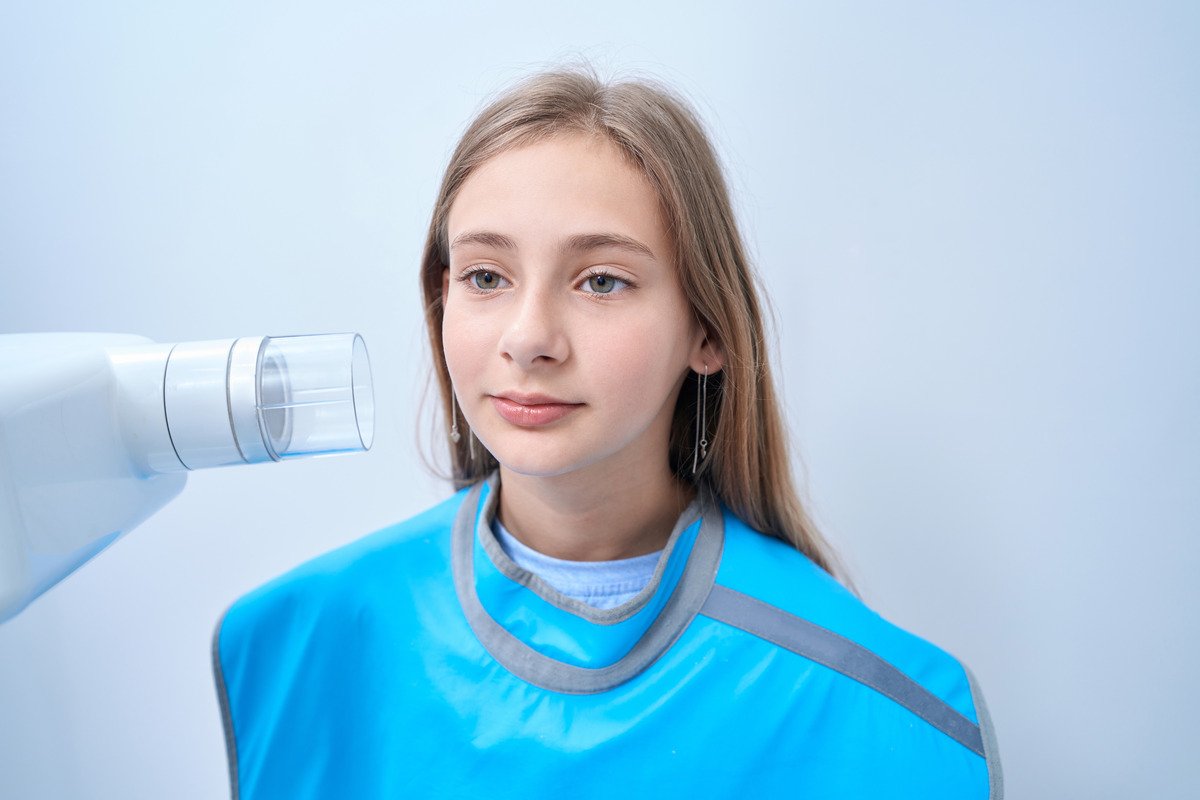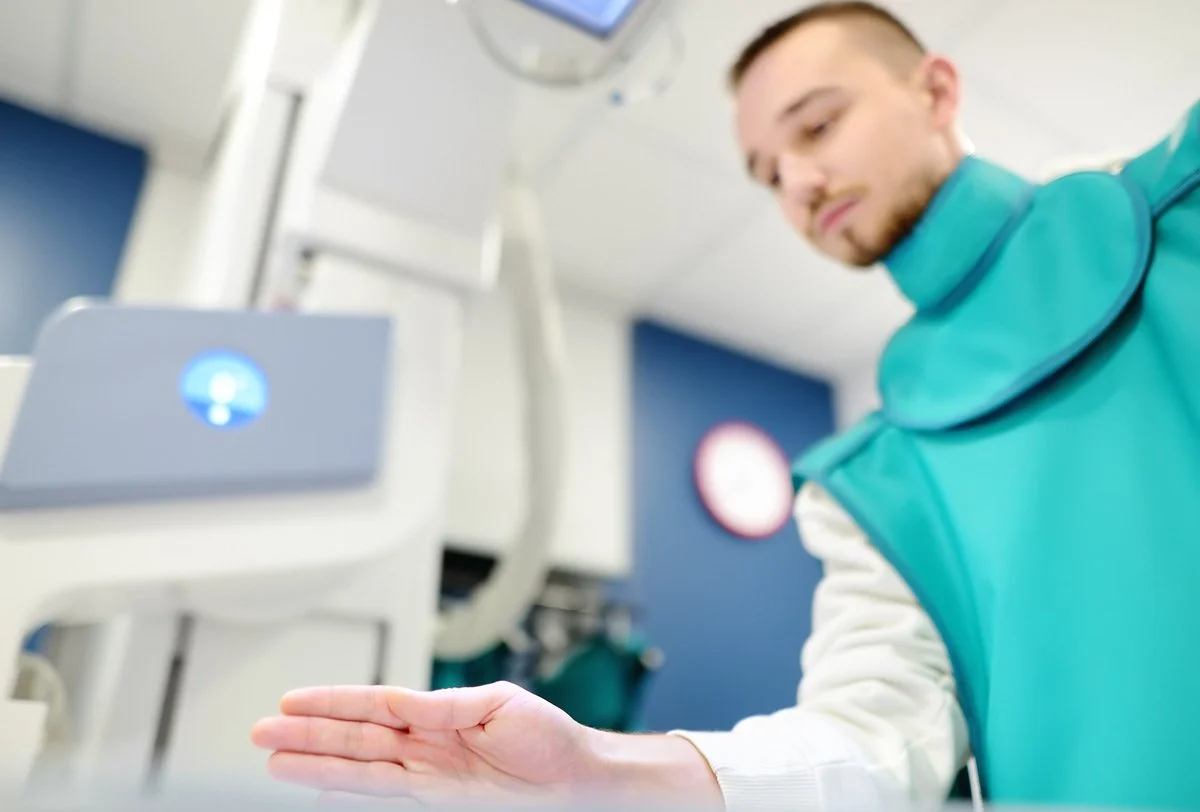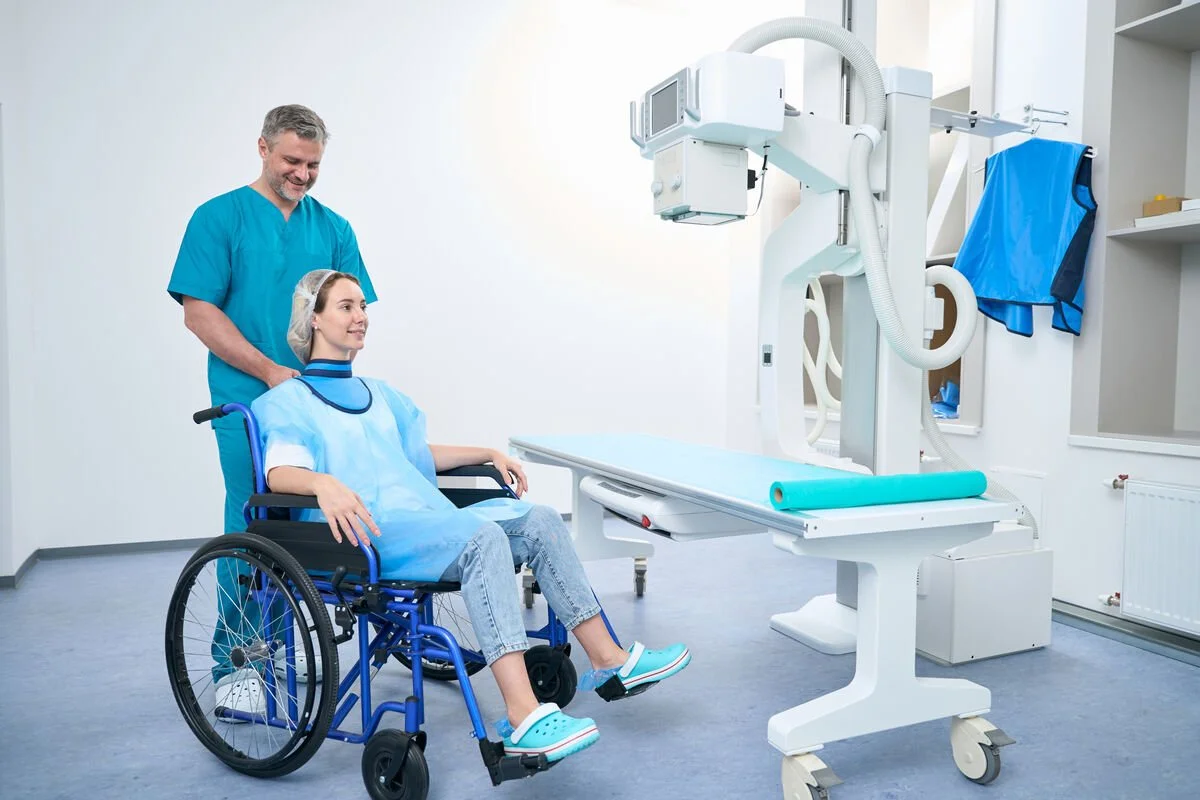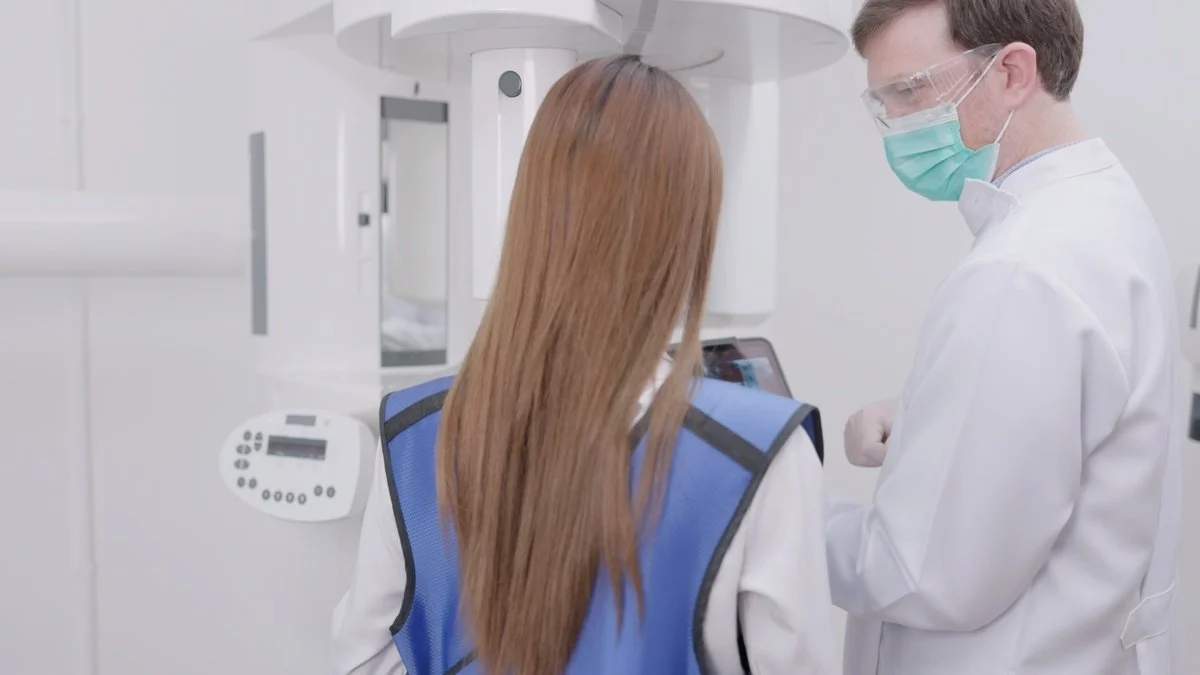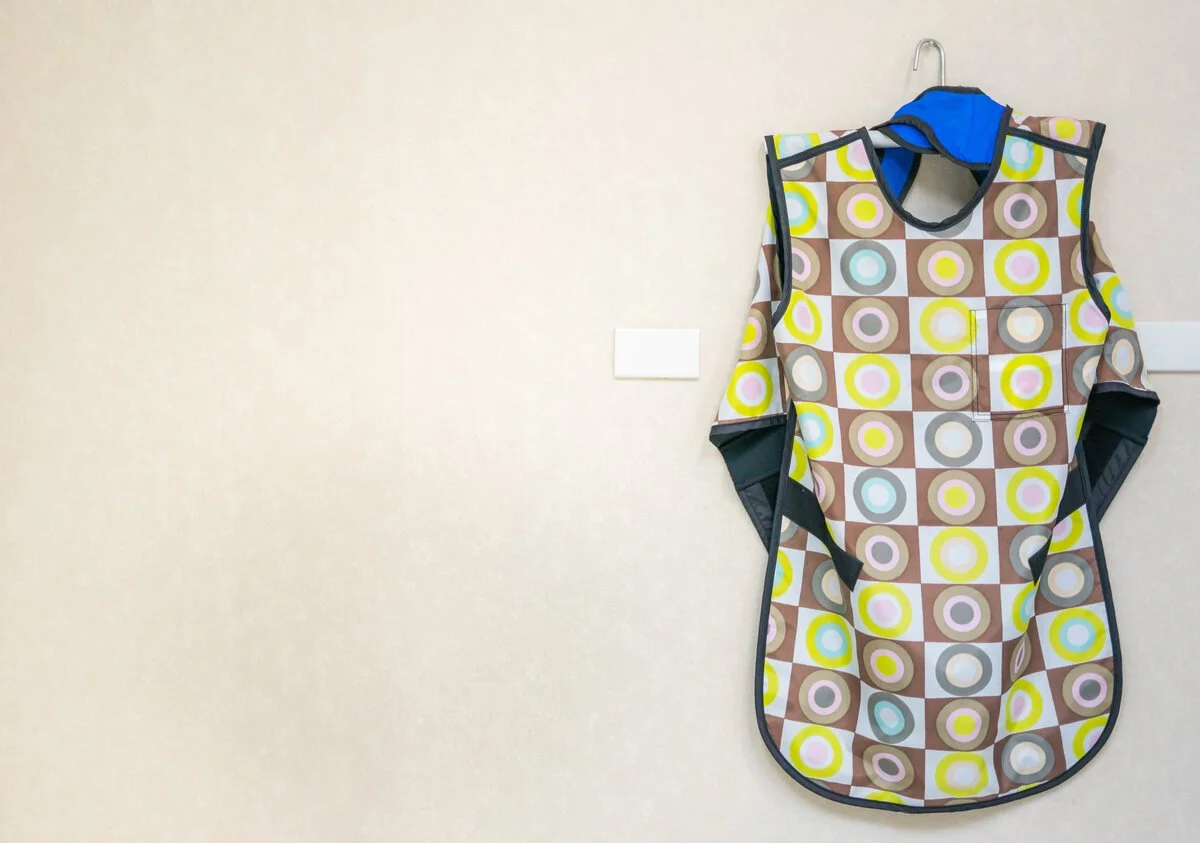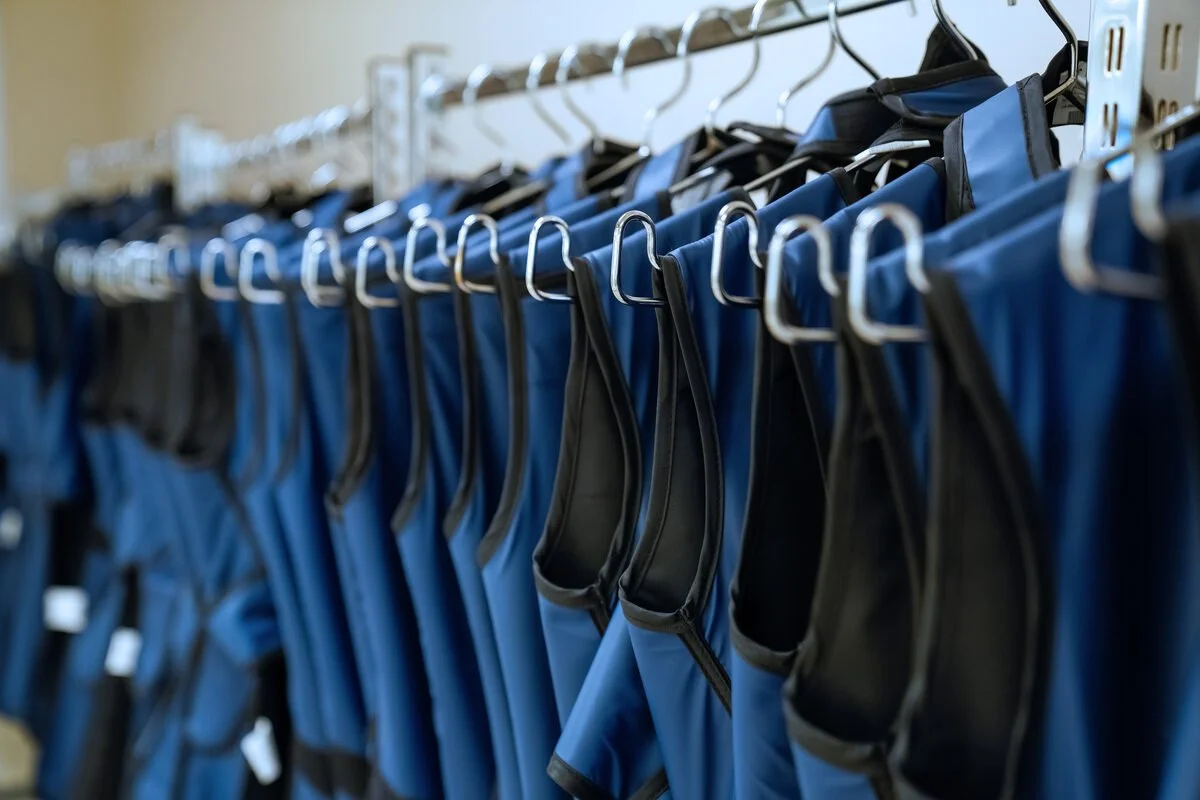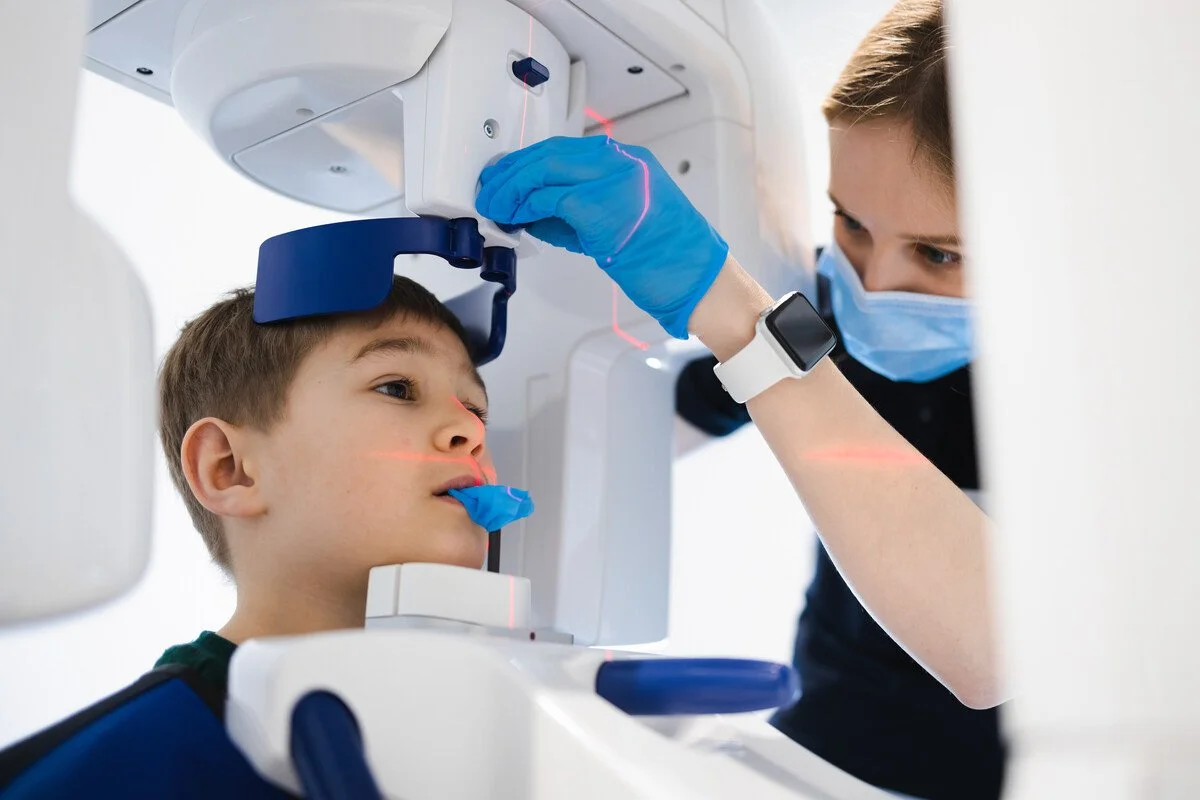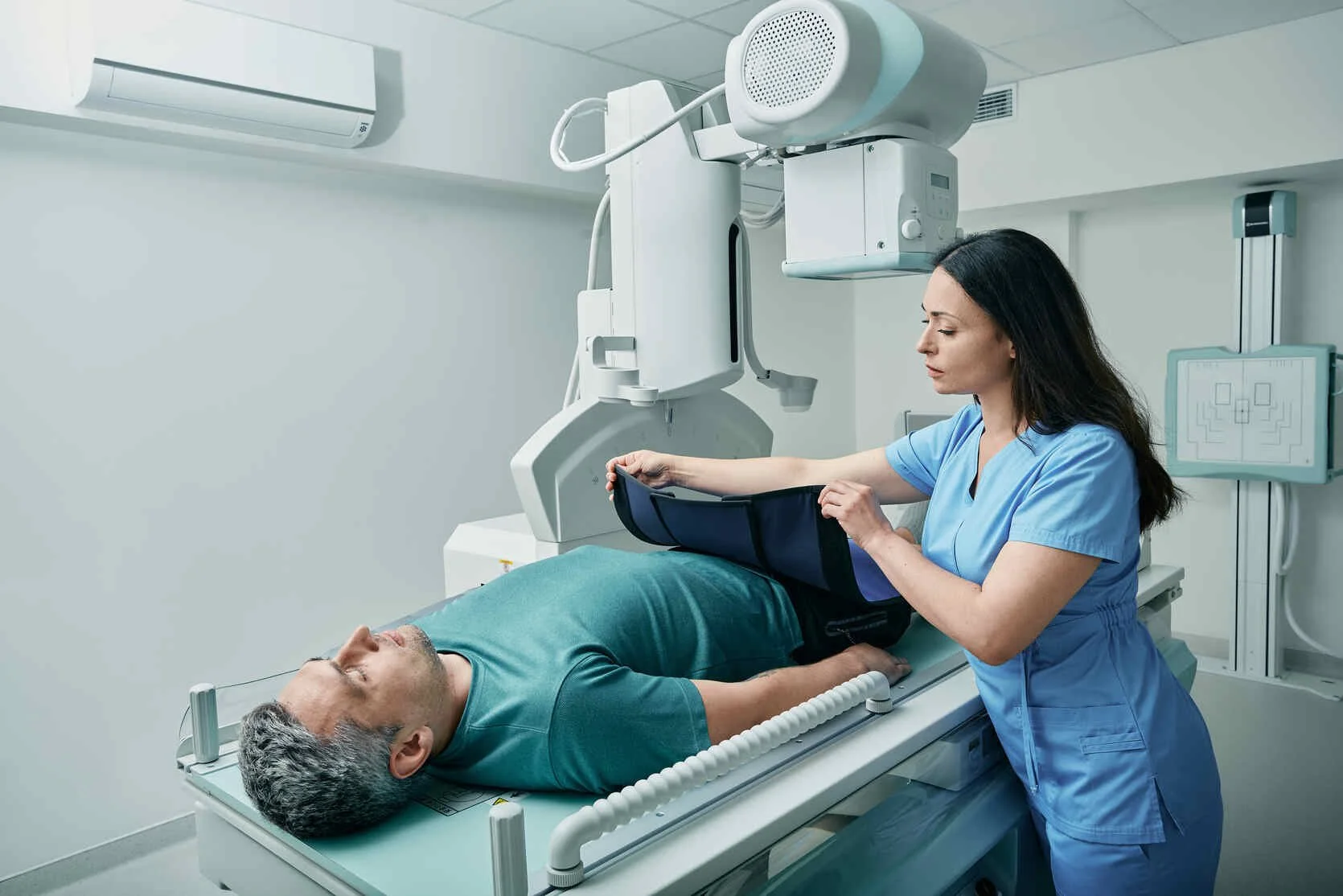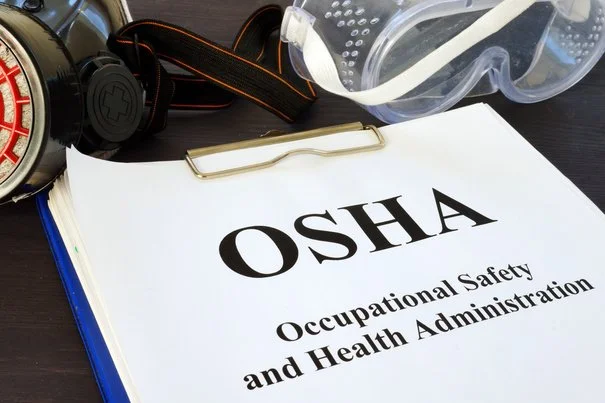RCS Blog
Our blog shares the most up-to-date information on lead apron safety and management best practices.
Why is a thyroid collar not recommended for patient shielding in panoramic radiography?
You’d expect a thyroid collar to be standard for every X-ray—but not in panoramic radiography. Discover the surprising reason it’s not recommended, and what you should use instead to ensure proper shielding and accurate imaging.
Does Radiation Shielding Work?
Wondering if radiation shielding actually works—or if it's just a precautionary myth? This article dives into the science behind shielding materials and their effectiveness in real-world scenarios. If safety is your priority, this is a must-read.
Who Is Most Sensitive to Thyroid Radiation?
Thyroid radiation exposure affects certain groups more than others—but who’s really at risk? This article breaks down the most sensitive populations and why early intervention and protection are critical. Whether you're a healthcare professional or just curious about your health, this is essential reading.
Community vs. Personal Lead Aprons: What’s Best for Your Team?
Explore pros and cons of shared vs. personal lead aprons—cost, fit, safety, compliance—and get expert tips to protect staff and manage inventory efficiently.
AORN 2025 Recommendations for Lead Apron Cleaning and Disinfection
Are your lead aprons as clean—and compliant—as they should be? AORN’s 2025 guidelines reveal surprising data about contamination rates and outline the new gold standard for cleaning and disinfecting protective garments. Here’s what your facility needs to know to stay safe and inspection-ready.
Can You Have a Mammogram with a Thyroid Shield?
Curious if that little thyroid shield is actually necessary during a mammogram—or if it’s doing more harm than good? We break down what the research says, who really needs protection, and why wearing one might not be the best idea for patients (but a must for clinicians).
How to Clean and Sanitize Thyroid Shields
Wiping your thyroid shield may make it look clean, but harmful bacteria like MRSA can remain. Learn why disinfection is key to protecting staff and patients.
Why Are Lead Aprons No Longer Used?
Wondering why lead aprons are being phased out in some healthcare settings? Discover the latest safety guidelines, where lead aprons are still essential, and the modern alternatives making waves in medical imaging.
Lead Apron Quality Assurance
Ensure lead aprons are safe with regular inspections, proper storage, necessary repairs, deep cleaning, and correct disposal for ultimate quality assurance.
How to Hang a Lead Apron?
The optimal way to store lead-protective garments like lead aprons is by hanging them on sturdy racks.
How To Store Lead Aprons: A Guide To Proper Lead Garment Storage
We recommend storing lead aprons on heavy-duty hangers placed on wall-mounted or free-standing storage racks
What Happens if You Take an X-Ray Without a Lead Apron?
If you’re wondering what happens when X-rays are taken without proper shielding, we’ll review all the information you need to know
What Are the Rules for Lead Aprons?
When using lead aprons in radiology, following the correct guidelines is important to ensure they’re as effective as possible.
What Is an Alternative to a Lead Apron?
The other alternative is lead-free aprons, which don’t contain lead and use only alternative materials.
How Much Radiation Does a Lead Apron Block?
Studies show that 0.5 mm lead aprons can block 90% or more of scatter radiation from medical devices depending on the specific manufacturer you buy from.
What Is a Lead Apron Used For?
Lead aprons are specifically designed to block and absorb scatter radiation that spreads out in all directions when using medical imaging equipment.
When Should Lead Aprons Be Replaced?
Lead aprons have a limited lifespan and must be regularly evaluated for damage, cleanliness, and effectiveness in reducing radiation risk.
What PPE Do You Wear for Radiation?
According to OSHA, lead aprons, gloves, thyroid collars, and protective eyewear are some of the most essential PPE used in radiology or interventional surgery.
What Are Three Basic Radiation Protection Control Methods?
That’s where the three basic principles of radiation protection come into play. Those core principles are time, distance, and shielding.
What Is the OSHA Standard for Radiation Exposure?
Learn how OSHA’s radiation exposure standards and practical safety measures can help protect healthcare workers while ensuring compliance and a safer workplace.


